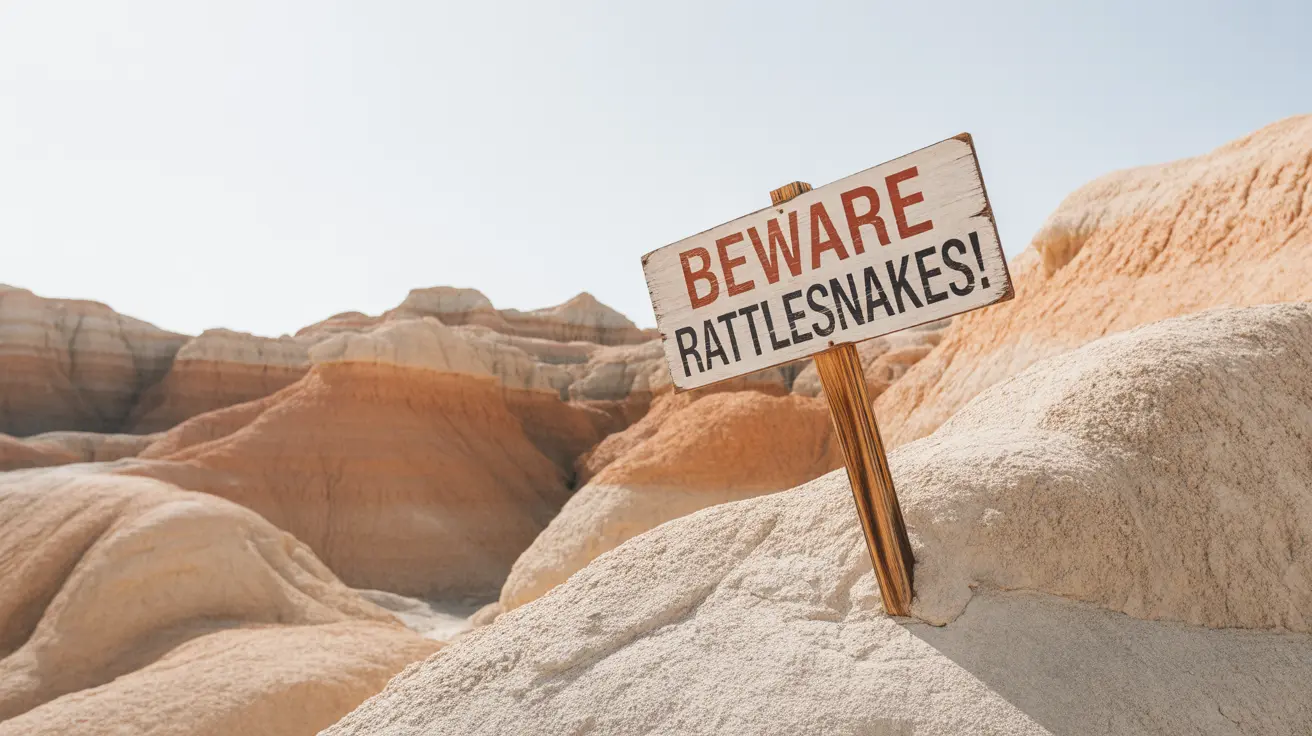The diverse Badlands National Park wildlife offers visitors an extraordinary chance to witness some of North America's most iconic species against a backdrop of dramatic rock formations. From mighty bison herds to elusive black-footed ferrets, the park's unique ecosystem supports an impressive array of animals that draw nature enthusiasts year-round.
Understanding where and when to spot these magnificent creatures can transform an ordinary park visit into an unforgettable wildlife viewing experience. This guide will help you navigate the best locations and practices for wildlife observation while maintaining safe distances and respecting the natural habitat.
Prime Wildlife Viewing Locations
Badlands Loop Road Wildlife
The scenic Badlands Loop Road serves as one of the park's premier wildlife viewing corridors. This road provides excellent opportunities to spot bighorn sheep scaling the rocky terrain and prairie dog towns bustling with activity. Visitors should maintain slow speeds and be prepared to pull over safely when wildlife appears.
Sage Creek Rim Road Animals
Sage Creek Rim Road represents another wildlife hotspot, particularly famous for its bison herds. This less-traveled gravel road offers some of the best opportunities to observe pronghorn antelope and coyotes in their natural habitat. The area's vast prairie landscape provides unobstructed views, making wildlife spotting particularly rewarding.
Notable Species to Watch For
Bison in Badlands National Park
The park's resident bison herd represents one of its most impressive wildlife attractions. These massive mammals can often be seen grazing across the prairie grasslands, particularly in the western regions of the park. While majestic, visitors should remember these are wild animals requiring respectful distance.
Where to See Bighorn Sheep Badlands
Bighorn sheep favor the park's rocky outcrops and steep terrain. The Cedar Pass area and Pinnacles Entrance provide excellent vantage points for observing these agile climbers, especially during morning and evening hours when they're most active.
Black-footed Ferret Badlands
One of the park's most remarkable success stories involves the endangered black-footed ferret. While these nocturnal creatures are rarely spotted, their presence represents a crucial conservation achievement. The park remains one of the few places worldwide where these endangered mammals exist in the wild.
Visitor Guidelines and Safety
Badlands Wildlife Safety
When observing wildlife, maintaining appropriate distances is crucial for both animal and visitor safety. Park regulations require staying at least 100 feet away from most wildlife, with greater distances recommended for larger animals like bison. Never feed or approach wild animals, as this can alter their natural behaviors and create dangerous situations.
Badlands Hiking with Pets
Pet owners should note that access with animals is limited within the park. While pets are welcome in designated areas near campgrounds and visitor centers, they must remain leashed and are generally not permitted on trails or in wildlife viewing areas. This restriction helps protect both domestic pets and wild animals while preserving the park's delicate ecosystem.
Best Time to See Wildlife Badlands
Wildlife viewing opportunities peak during the cooler hours of early morning and dusk when animals are most active. These periods not only offer optimal lighting conditions for photography but also provide relief from the park's intense midday heat, when many species seek shelter.
Frequently Asked Questions
Where are the best spots in Badlands National Park to see bison and other wildlife?
The Sage Creek Rim Road and Badlands Loop Road are prime locations for spotting bison, prairie dogs, coyotes, and pronghorn, while Cedar Pass and Pinnacles Entrance are popular for viewing bighorn sheep and badgers.
How close can visitors safely get to bison and other large animals in the park?
Visitors must stay at least 100 feet away from bison and other wildlife to ensure safety and minimize disturbance, according to park regulations.
What endangered species can be seen in Badlands National Park?
The park is home to the endangered black-footed ferret, one of the few places in the world where they exist in the wild, and the critically endangered whooping crane, though the latter is rarely seen during migration.
Remember that successful wildlife viewing requires patience, respect for park regulations, and an understanding that these are wild animals in their natural habitat. By following these guidelines, visitors can enjoy memorable encounters with Badlands National Park wildlife while ensuring these species continue to thrive for future generations.






